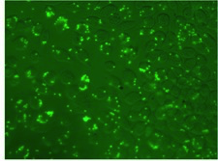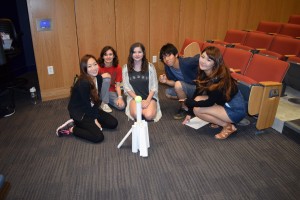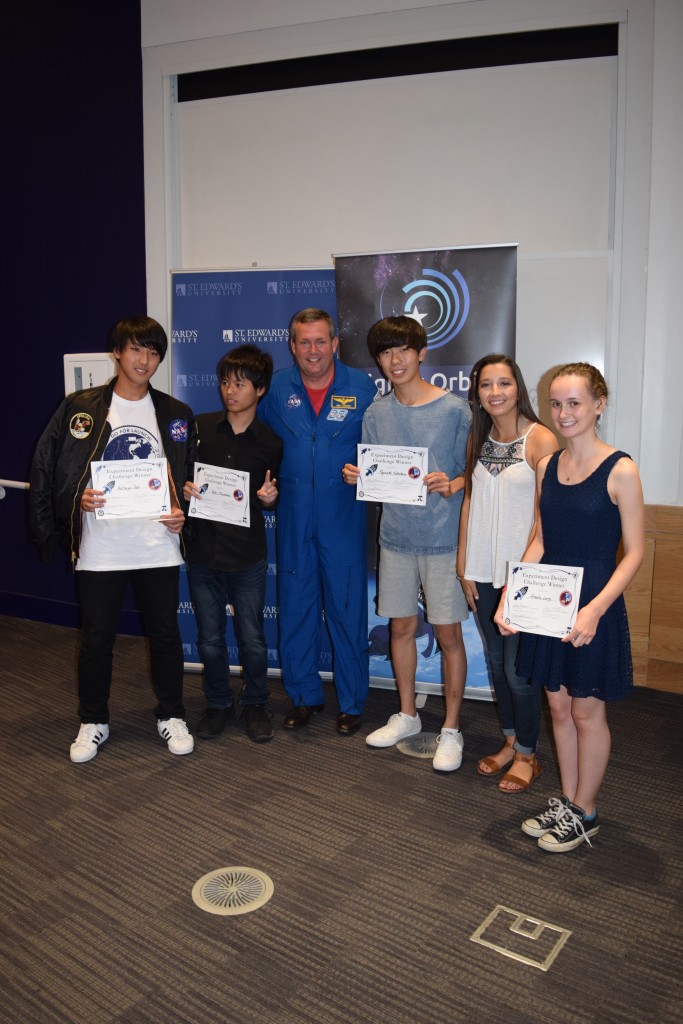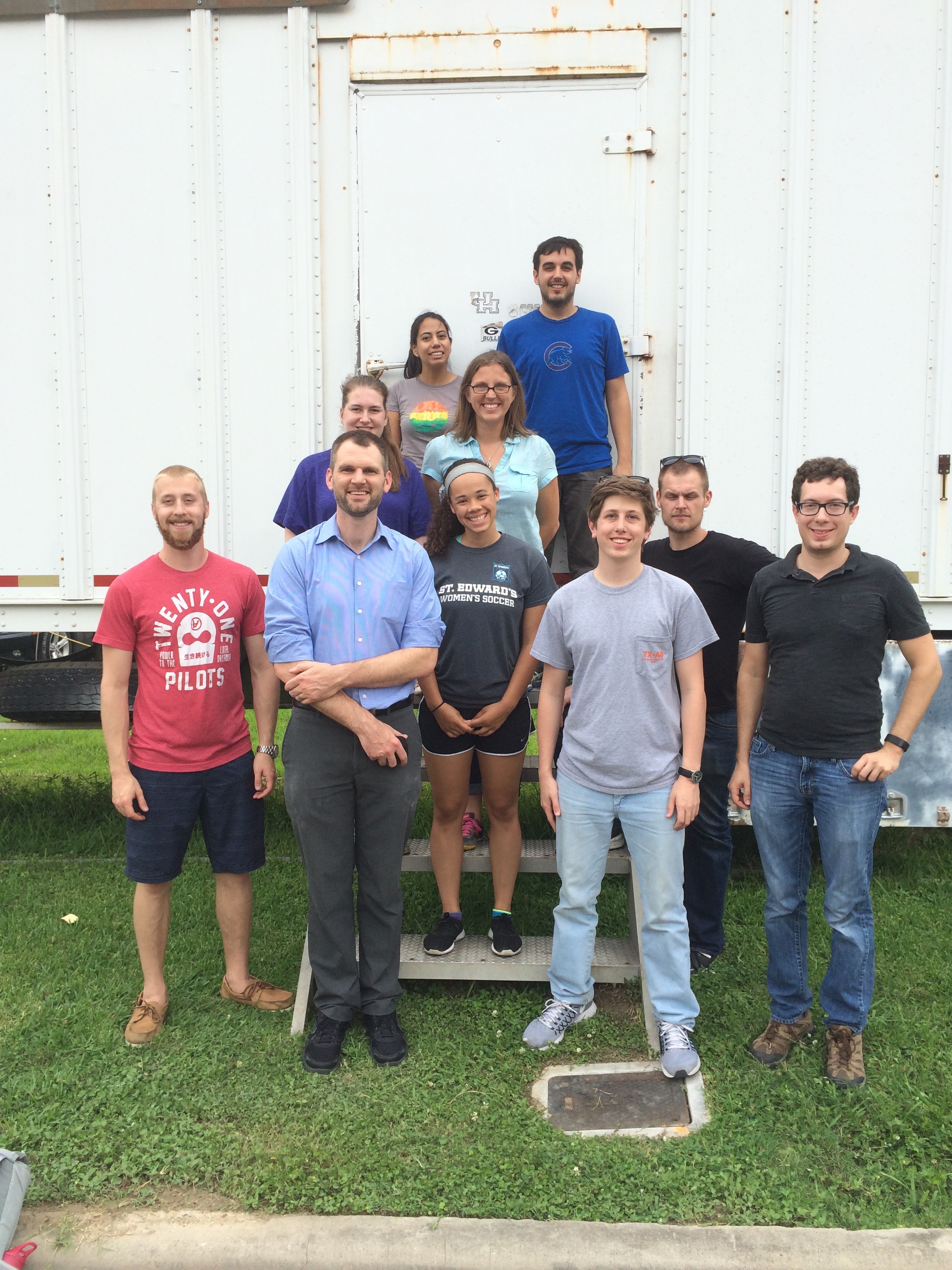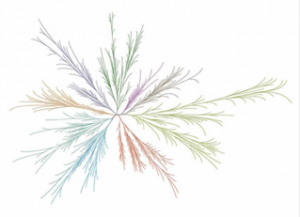
Displaying the relationship among target proteins by representing the Euclidean distance among gene signatures.
Despite billions of dollars, decades of research, and an unparalleled level of international cooperation between research scientists and clinicians, cancer remains a major cause of death worldwide.
Therapies have improved and many forms of cancer are now treatable, but the disease still kills over eight million people throughout the world each year. For this reason, cancer research funding represents one of the largest expenditures of the United States federal government, and has led to improved medical treatments as well as greater understanding of the molecular intricacies of the disease. However because cancer is now considered not simply one disease but rather a multitude of independent disorders that can all result in malignant cellular growth, the dream of a cure for cancer, the “magic bullet”, to miraculously eliminate the disease, is now considered unrealistic in light of these overwhelming complexities.

Activation of the C-Jun N-terminal kinase (JNK2) through conformational change from the DFG-out (yellow) to DFG-in (blue) state.
The interdisciplinary approach that has emerged is offering new hope for therapies and treatment. Since not all tumors are the same, molecular targeting, or the attempt to tailor therapy to the specific abnormalities causing disease, has become one of the most promising areas in cancer biology research. By combining molecular biology and biochemistry with combinatorial chemistry and organic chemistry , pharmaceutical research has embraced the field of rational drug design as a specific application of molecular targeting. In the past few years, the rapidly advancing field of cancer immunology has produced several new methods of treating cancer. These immunotherapies increase the strength of immune responses against tumors.
However, cancer cells are sometimes able to avoid detection and destruction by the immune system. Drug development takes time, and it is years, often decades, before a drug that shows promise in the lab will make it into the clinic. And of course resistance to chemotherapy and molecularly targeted therapies remains a major problem. This symposium seeks to highlight some of the innovative and creative approaches being pursued in light of these challenges.
EVENT SCHEDULE – Friday , September 23rd , JBWS Carter Auditorium
9.30 am Welcome
9.40 am Dr. Eamonn F. Healy (St. Edward’s University): “Modulating Kinase Activity Through Desolvation”
10.10 am Dr. Michael A. White (University of Texas Southwestern Medical Center): “Towards Patient-based Cancer Therapeutics”
11.00 am Break
11.15 am Dr. Beverly A. Teicher (National Cancer Institute): “Antibody conjugate therapeutics: challenges and potential”
12.05 pm Dr. Antonio Fojo (Columbia University Medical Center): “Novel Therapies for Cancer: Why Dirty Might Be Better ”
1.00 pm Lunch and Student poster session: Foyer, JBWN

